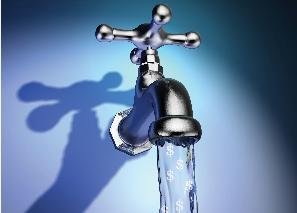The best drainage system for you depends on your property’s layout, soil type, and specific water problems. Aside from the typical (and essential) downspouts and gutters attached to a home, there are two main types of drainage systems that can stand between you and water damage: surface and subsurface.
Surface drains are designed to capture and redirect large volumes of water that collect on the ground, like after storms. Subsurface drainage tackles water that seeps underground, protecting your foundation and preventing soil saturation. Each system is uniquely suited to the task of draining, some being more efficient while others require less maintenance. Here is a short list of a few common options that you’ll find in the average home:
Surface Drainage Systems
Catch basins
These are underground boxes with grates on top that collect water from your lawn, driveway, or patio. Once water enters the basin, it’s funneled into pipes that carry it away from your home. Catch basins are great for preventing pooling in low spots.
Swales (slope drains)
A swale is a shallow, sloped channel that guides water toward an outlet. Sometimes lined with grass or stones, swales blend naturally into landscaping and are useful in large yards.
Channel or trench drains
These are long, narrow drains that sit on the ground along driveways, patios, or pool decks. Covered by a grate, they catch runoff and direct it into underground pipes. Channel drains are ideal for stopping water before it reaches your garage or foundation.
Subsurface drainage systems
French drains
A French drain consists of a perforated pipe buried in gravel, usually wrapped in filter fabric to prevent clogs. It collects water from the soil and redirects it safely away from your home. This type is the go-to solution for soggy yards or water that seeps near foundations.
Dry wells
A dry well is an underground structure that collects runoff and gradually disperses it into the surrounding soil. It’s an eco-friendly option that reduces strain on storm drains and helps replenish groundwater.
Sump pumps
Installed in a sump pit in your basement or crawlspace, a sump pump automatically removes water that collects below your home and pumps it safely away. This is one of the most reliable defenses against basement flooding.
In some cases, a combination of both surface and subsurface systems offers the strongest protection. Consulting with a professional can help you figure out the most effective setup.
For more interesting articles on similar topics visit our blog page.

